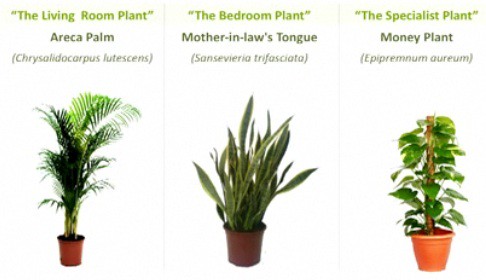As we've just heard on the local radio, Canberra has only had one-third of its average rainfall and dams are barely 50% full. It's good to stop - even for an hour - and reflect on where we are in terms of climate change. Our garden is sooooo dry right now! Even our little desert lime looks stressed!
We're having a candlelit dinner for two while our daughter, Clancy, sleeps blissfully unaware of the world and its problems around her. So, what have you got planned for Earth Hour?
Saturday, 28 March 2009
Earth Hour: What are you doing?
Posted by
Marg
at
Saturday, March 28, 2009
0
comments
![]()
Labels: climatechange, earthhour, future, planet, voteearth
Sunday, 22 March 2009
Take 2: Kamal Meattle on how to grow your own fresh air
Kamal Meattle on how to grow your own fresh air
OK, so in addition to the video I blogged yesterday, and in response to a couple of comments, here's a screenshot of the three plants Kamal refers to in his talk.
I should have also mentioned that the video is just under 5 minutes, for those who like to know!
I did some more searching and found more of a 'list' of 'greening and cleaning' indoor plants from Tricia Edgar at Houseplants:
Dr Bill Wolverton, a former NASA scientist who conducted 25 years of research on indoor plants and their ability to purify air in enclosed environments, wrote the book How to Grow Fresh Air (Penguin, 1997) which describes 50 plants that clean office air. These plants include:
- Corn plant (Dracaena Massangeana)
- English Ivy (Hedera helix)
- Gerbera daisies (Gerbera jamesonii)
- Golden pothos (Epipremnum aureum)
- Madagascar Dragon Tree (Dracaena)
- Peace Lily (Spathiphyllum)
- Rubber plant (Ficus elastica)
- Spider plant (Chlorophytum comosum)
- Sword or Boston fern (Nephrolepis exaltata)
- Weeping fig (Ficus benjamina)
Read Tricia's full article.
For more discussion on the use of office plants, you might like to check out Green Building Council Australia. Their premise is that there is no such thing as 'indoor plants' and plants work hard to survive indoors, but some are more able to adapt than others.
And, if you're still not sure, just got and pick a fresh bunch of flowers to brighten up your (indoor) day! :o)
Posted by
Marg
at
Sunday, March 22, 2009
0
comments
![]()
Labels: fresh_air, green_office, indoor_plants, TEDtalks, video
Saturday, 21 March 2009
Kamal Meattle on how to grow your own fresh air
Kamal Meattle on how to grow your own fresh air | Video on TED.com
A simple but effective approach to greening up your office, home or other spaces regularly used.
I work in an open-plan shared office space on the first floor of an old building where our air conditioning is always on (cooling or heating) and often is not well regulated. While we still have the capacity to open windows for fresh air, I tend to notice at the end of a day in the office, that I feel 'out of sorts' (although some would attribute that to my role no doubt!), with dry eyes and skin, and feeing lethargic and 'stale'.
It might be worth taking up Kamal's ideas here are seeing how things might change!

